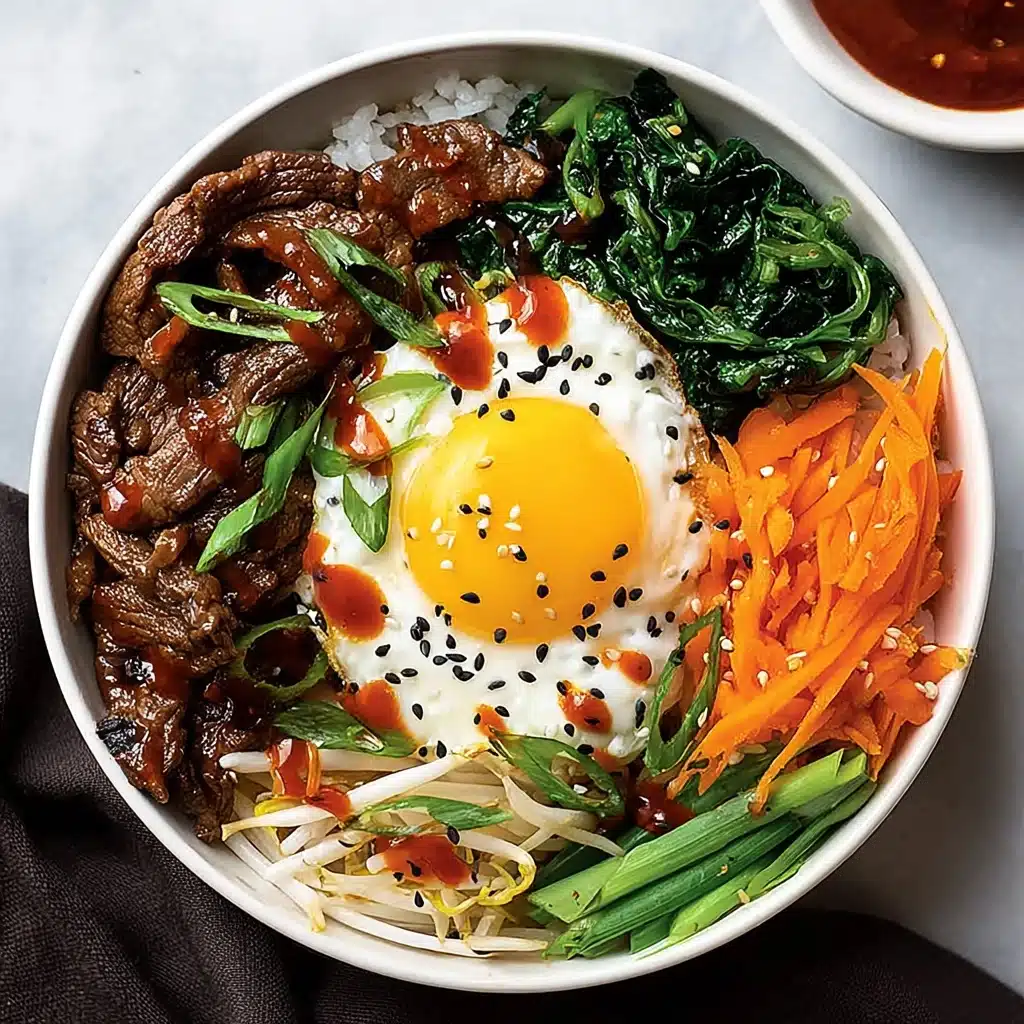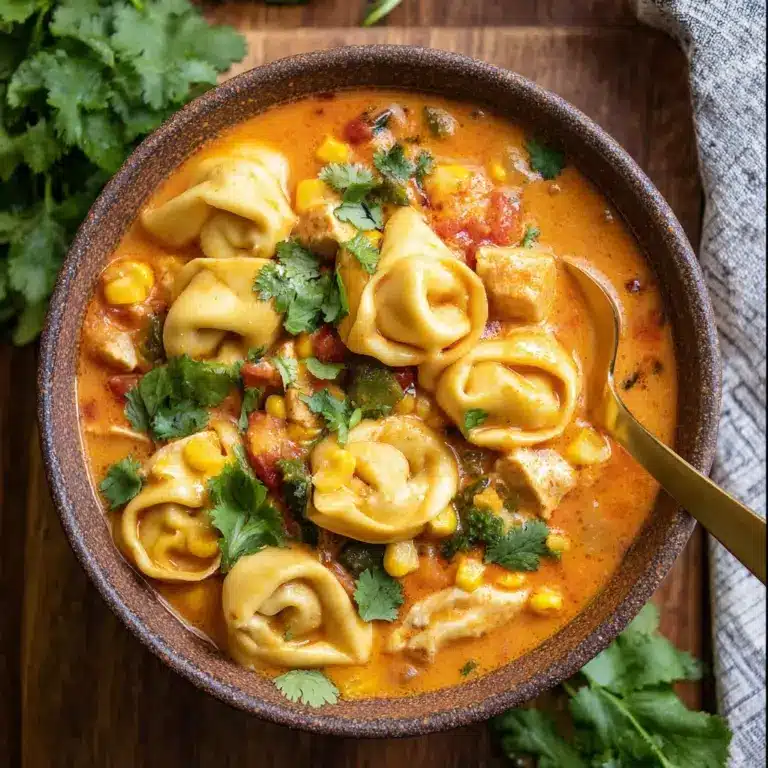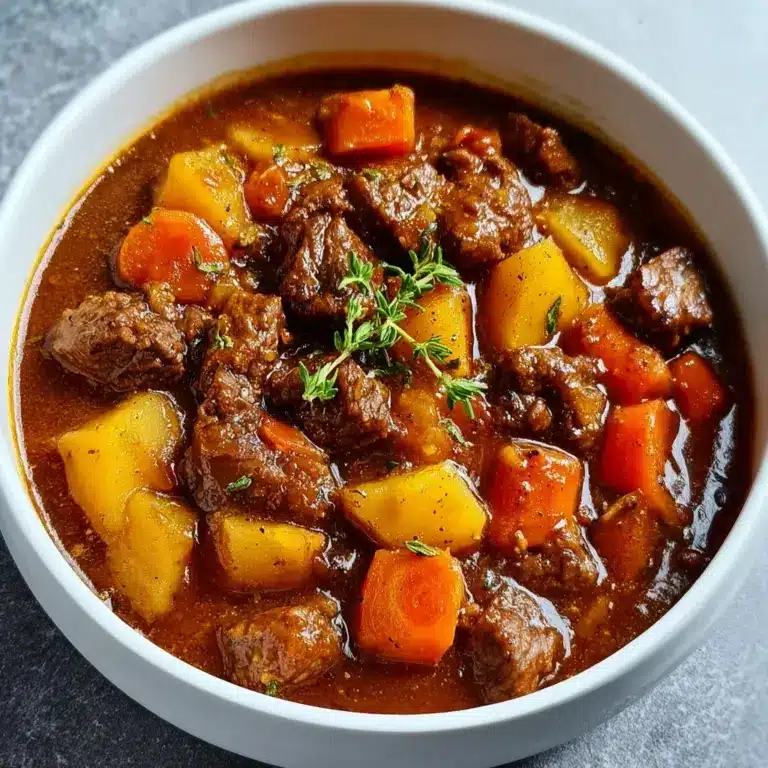Korean Beef Bibimbap Bowl Recipe
If you’re craving a dish that bursts with vibrant flavors, delightful textures, and an irresistible combination of spicy, savory notes, then this Korean Beef Bibimbap Bowl is exactly what you need. This classic Korean comfort food brings together perfectly seasoned ground beef, fresh sautéed vegetables, fluffy rice, and a runny fried egg, all topped with a luscious drizzle of gochujang sauce. It’s a stunningly colorful bowl that is as satisfying to look at as it is to eat, making it a true crowd-pleaser and a personal favorite to share with friends and family.

Ingredients You’ll Need
Gathering simple yet essential ingredients is the first step to creating an unforgettable Korean Beef Bibimbap Bowl. Each component adds a unique taste, texture, or color that makes the dish special—like the tender, juicy beef, the fresh crunch of vegetables, and the rich creaminess of a fried egg.
- 1 lb lean ground beef: Provides hearty protein and absorbs the bold flavors perfectly.
- 2 cups short-grain white rice (cooked): The sticky, fluffy base that holds everything together.
- 1 cup carrots (julienned): Adds a fresh sweetness and vibrant orange color.
- 1 cup spinach (fresh): Brings in earthy green notes and a tender texture.
- 1 cup zucchini (sliced): Offers a mild crunch and lots of moisture.
- 1 cup bean sprouts: Light, crisp, and perfect for contrast.
- 3 tbsp gochujang sauce: The spicy, fermented chili paste that defines bibimbap’s signature kick; adjust to your heat preference.
- 1 tbsp sesame oil: Infuses the dish with a rich, nutty aroma.
- 2 tbsp low-sodium soy sauce: Balances the flavors with savory depth.
- 4 eggs: Sunny-side up for that luscious yolk that ties everything together.
How to Make Korean Beef Bibimbap Bowl
Step 1: Prepare the Rice
Start by cooking your short-grain white rice according to the package instructions. This rice is the foundation of the Korean Beef Bibimbap Bowl, its sticky texture perfect for holding all the toppings. Set it aside once fluffy and warm.
Step 2: Cook the Beef
In a skillet over medium-high heat, brown the lean ground beef for about 5 to 7 minutes until fully cooked and nicely caramelized. Drain any excess fat to keep the bowl from feeling greasy.
Step 3: Flavor the Beef
Reduce the heat to low, then stir in the gochujang sauce, low-sodium soy sauce, and sesame oil. Let the mixture simmer gently for 5 minutes to marry the flavors and build that deliciously spicy, tangy beef base you can’t get enough of.
Step 4: Sauté the Vegetables
Heat a drizzle of sesame oil in a separate pan and sauté the julienned carrots, fresh spinach, sliced zucchini, and bean sprouts over medium heat. Cook them until they are tender-crisp—this usually takes about 7 minutes. These veggies add welcome brightness and variety in every bite.
Step 5: Fry the Eggs
Cook the eggs sunny-side up until the whites are set but the yolks remain runny, approximately 3 minutes. This glorious golden yolk will coat the ingredients beneath and bring an unparalleled creaminess to your Korean Beef Bibimbap Bowl.
Step 6: Assemble Your Bowl
Layer your cooked rice as the base, then spoon over the savory beef mixture. Add sautéed vegetables arranged side by side for a true bibimbap aesthetic, and gently place your sunny-side-up egg on top. For an extra burst of flavor, drizzle a bit more gochujang sauce, and you’re ready to dig in!
How to Serve Korean Beef Bibimbap Bowl

Garnishes
To elevate your Korean Beef Bibimbap Bowl, consider sprinkling toasted sesame seeds or finely sliced scallions over the top. These small touches add delightful texture and fresh aromatic notes, making the dish even more inviting.
Side Dishes
Serve this bowl alongside classic Korean sides like kimchi or pickled radishes. Their tangy, fermented flavors complement the bibimbap’s richness and create a balanced, exciting meal.
Creative Ways to Present
For a fun twist, try serving your Korean Beef Bibimbap Bowl in individual stone bowls if you have them—called donburi in Japanese cuisine but perfect for bibimbap too! The hot stone keeps everything warm and can even crisp up the rice on the edges, adding a delightful texture contrast. Alternatively, arrange the vegetables in colorful sections around the bowl to showcase the dish’s vibrant variety.
Make Ahead and Storage
Storing Leftovers
Place any leftover components—rice, beef, and vegetables—in airtight containers and refrigerate. They will keep well for up to 3 days, allowing you to enjoy your Korean Beef Bibimbap Bowl again without sacrificing freshness.
Freezing
While you can freeze the beef mixture, avoid freezing the cooked vegetables or eggs as their textures change. Store beef in a freezer-safe container for up to 2 months and thaw overnight in the fridge before reheating.
Reheating
Warm your leftover beef and rice in a pan or microwave until hot. Sauté any fresh vegetables shortly before serving to keep their crispness. Fry a fresh egg and assemble your bowl just like the original to recapture that homemade magic.
FAQs
Can I use different vegetables in Korean Beef Bibimbap Bowl?
Absolutely! Feel free to swap or add vegetables like mushrooms, cucumbers, or bell peppers depending on what you love or have on hand. The key is to maintain a balance of textures and colors for the ultimate experience.
Is it possible to make a vegetarian version?
Yes! Replace the ground beef with tofu or tempeh, seasoned similarly with gochujang and soy sauce. Incorporate more veggies and perhaps some steamed sweet potatoes for a hearty, vegetarian Korean Beef Bibimbap Bowl alternative.
How spicy is the gochujang sauce?
Gochujang offers a moderate level of heat with sweet and savory undertones. Adjust the amount you use to suit your spice tolerance, starting with less and adding more until you hit your perfect spice level.
What type of rice works best?
Short-grain white rice is ideal due to its sticky texture, which helps hold the ingredients together in the bowl. Jasmine or long-grain rice won’t have the same cohesion but can be used in a pinch.
Can I prepare Korean Beef Bibimbap Bowl ahead of time for meal prep?
Definitely! Cook each element separately and store them in meal prep containers. When ready to eat, just reheat and assemble. This turns your Korean Beef Bibimbap Bowl into a convenient, nutritious meal you can enjoy throughout the week.
Final Thoughts
There’s something truly magical about sharing a Korean Beef Bibimbap Bowl at the table—each bite is a delightful mix of flavors, textures, and colors that warms the soul. Whether you’re making it for a weeknight dinner or to impress guests, this dish never disappoints. Give it a try and watch it become a beloved staple in your kitchen!
Print
Korean Beef Bibimbap Bowl Recipe
- Total Time: 40 minutes
- Yield: 4 servings 1x
- Diet: Halal
Description
Korean Beef Bibimbap Bowl is a vibrant, nutritious dish featuring savory ground beef cooked in spicy gochujang sauce, served over a bed of fluffy white rice and an assortment of sautéed vegetables, all topped with a perfectly fried sunny-side-up egg. This classic Korean comfort food is easy to prepare and offers a balanced mix of protein, veggies, and bold flavors.
Ingredients
Beef Mixture
- 1 lb lean ground beef
- 3 tbsp gochujang sauce (adjust for spice level)
- 1 tbsp sesame oil
- 2 tbsp low-sodium soy sauce
Rice
- 2 cups short-grain white rice (cooked)
Vegetables
- 1 cup carrots (julienned)
- 1 cup spinach (fresh)
- 1 cup zucchini (sliced)
- 1 cup bean sprouts
- 1 tbsp sesame oil (for sautéing vegetables)
Eggs
- 4 eggs
Instructions
- Cook the rice: Prepare the short-grain white rice according to the package instructions. Once cooked, set it aside and keep warm.
- Brown the beef: In a skillet over medium-high heat, cook the lean ground beef for 5-7 minutes, stirring occasionally until fully browned. Drain any excess fat from the pan.
- Season the beef: Stir in the gochujang sauce, low-sodium soy sauce, and sesame oil into the browned beef. Lower the heat and let it simmer for 5 minutes to infuse the flavors.
- Sauté the vegetables: Heat 1 tablespoon of sesame oil in a separate pan over medium heat. Add the julienned carrots, fresh spinach, sliced zucchini, and bean sprouts, cooking until they’re tender-crisp, about 7 minutes.
- Fry the eggs: In a non-stick pan, fry the eggs sunny-side up, cooking until the whites are set but the yolks remain runny, around 3 minutes.
- Assemble the bibimbap bowls: In each bowl, layer a base of cooked rice, then spoon over the seasoned beef mixture, followed by the sautéed vegetables. Top each bowl with a fried egg. Drizzle extra gochujang sauce on top if desired for added spice.
Notes
- You can substitute ground beef with ground turkey or chicken for a leaner option.
- For a vegetarian version, replace beef with marinated tofu or extra vegetables.
- Adjust the amount of gochujang depending on your preferred spice level.
- Use low-sodium soy sauce to keep the sodium content moderate.
- Serve immediately for the best flavor and texture, especially with the runny egg yolk.
- Prep Time: 15 minutes
- Cook Time: 25 minutes
- Category: Main Dish
- Method: Sautéing, Frying, Simmering
- Cuisine: Korean
Nutrition
- Serving Size: 1 bowl (approximate)
- Calories: 550 kcal
- Sugar: 5 g
- Sodium: 550 mg
- Fat: 22 g
- Saturated Fat: 7 g
- Unsaturated Fat: 12 g
- Trans Fat: 0 g
- Carbohydrates: 55 g
- Fiber: 5 g
- Protein: 35 g
- Cholesterol: 210 mg
Keywords: Bibimbap, Korean beef bowl, spicy beef recipe, gochujang beef, Korean rice bowl, bibimbap with egg, easy Korean meals







